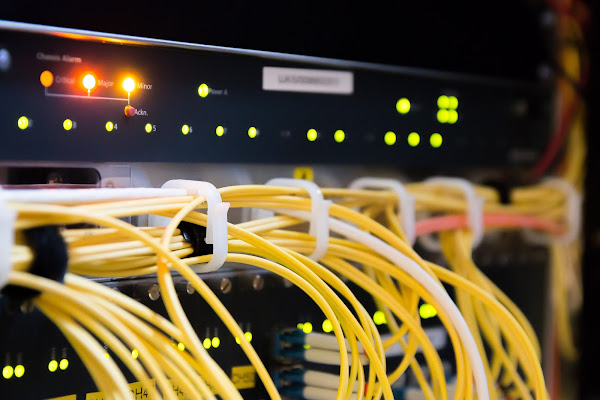Since 2020, US cybersecurity and intelligence agencies have cautioned about state-sponsored cyber attackers located in China using network vulnerabilities to target public and private sector enterprises.
Chinese hacking gangs have used publicly known vulnerabilities to infiltrate everything from unpatched small office/home office (SOHO) routers to moderate and even big enterprise networks, according to a joint cybersecurity alert released on Tuesday by the NSA, CISA, and the FBI.
Several servers are used by China-linked APTs to create new email accounts, host command and control (C&C) domains, and connect with target networks, using hop points as an obfuscation strategy to mask its true location."Once within a telecommunications organization or network service provider, PRC state-sponsored cyber actors identified essential users and infrastructure, including systems critical to ensuring the stability of authentication, authorization, and accounting," as per the report.
These threat actors are continually altering their techniques to avoid detection, according to US authorities, including watching network defenders' actions and adjusting current attacks to remain undiscovered.
They were also seen changing the infrastructure and tools when the campaigns were made public. After stealing credentials to access underlying SQL databases, the attackers utilized SQL commands to discard user and admin credentials from key Remote Authentication Dial-In User Service (RADIUS) servers. The three US agencies have revealed that Chinese threat actors primarily exploit vulnerabilities in:
- Cisco (CVE-2018-0171, CVE-2019-15271, and CVE-2019-1652)
- Citrix (CVE-2019-19781)
- DrayTek (CVE-2020-8515)
- D-Link (CVE-2019-16920)
- Fortinet (CVE-2018-13382)
- MikroTik (CVE-2018-14847)
- Netgear (CVE-2017-6862)
- Pulse ( (CVE-2020-29583)
Open-source tools such as RouterSploit and RouterScan (vulnerability scanning framework) are used by threat actors to scan for vulnerabilities and conduct reconnaissance, allowing them to identify brands, models, and known problems that can be attacked.
"Once within a network service provider, PRC state-sponsored cyber actors identified essential users and infrastructure, particularly systems critical to maintaining the security of authentication, authorization, and accounting," as per the joint advisory.
Lastly, the attackers altered or deleted local log files to eliminate proof of its presence and avoid discovery.
Security updates should be applied as quickly as feasible, unneeded ports and protocols should be disabled to reduce the attack surface, and end-of-life network infrastructure which no longer receives security patches should be replaced, according to federal agencies.
Segmenting networks to prevent lateral movement and enabling robust monitoring on internet-exposed services to discover attack attempts as soon as possible are also recommended.









